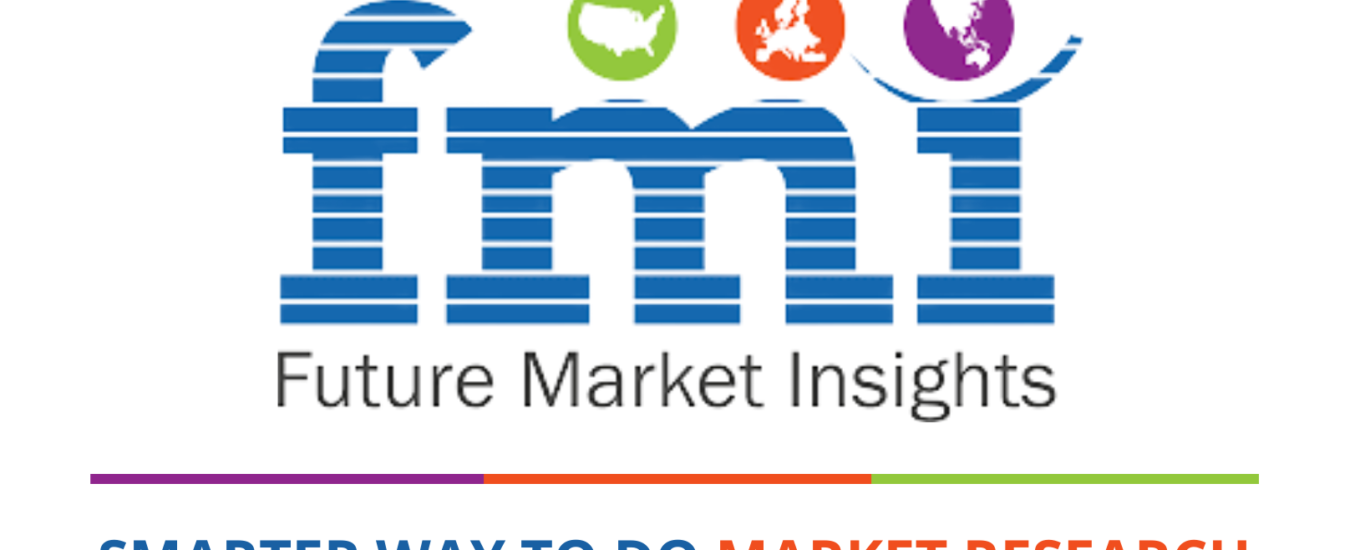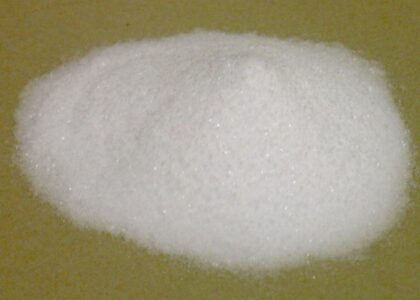The multi component injection moulding technology market is expected to grow between 2022 and 2032 at a CAGR of 9%, according to a recent analysis by Future Market Insights. According to the analysis, the market is anticipated to be worth US$ 3 billion in 2022 and US$ 7.1 billion by 2032.
Multi component injection moulding technology permits the production of parts with different materials or colours using a single injection moulding machine. This technology is increasingly being used in a variety of fields, such as the automotive, healthcare, and consumer products industries.
Making complicated and useful parts in a single production process is one of the key advantages of multi component injection moulding. This eliminates the need for additional assembly steps, resulting in cost and time savings. It also allows for the creation of parts with improved aesthetics, as multiple materials can be used to create a more visually appealing product.
Request Sample @ https://www.futuremarketinsights.com/reports/sample/rep-gb-4778
There are several different types of multi component injection moulding technologies, including coinjection, gas-assisted injection moulding, and two-color injection moulding. Coinjection involves injecting two different materials into a single mold, with one material acting as the “core” and the other as the “skin”. Gas-assisted injection moulding involves injecting a gas into the mold to assist in the shaping of the part. Two-color injection moulding allows for the production of parts with multiple colors in a single production process.
The market for multi component injection moulding technology is expected to grow in the coming years due to increasing demand for complex, functional parts in various industries. The automotive industry is one of the major drivers of this market, as multi component injection moulding allows for the production of parts with improved functionality and aesthetics. The medical industry is also expected to drive market growth, as multi component injection moulding technology allows for the production of parts with multiple materials, such as hard and soft plastics, in a single production process.
There are several challenges faced by the multi component injection moulding technology market. One major challenge is the high cost of equipment and setup, as multi component injection moulding requires specialized machinery and molds. Another challenge is the need for skilled operators, as the process requires precise control and coordination of multiple materials.
Despite these challenges, the market for multi component injection moulding technology is expected to grow in the coming years due to increasing demand for complex, functional parts in various industries. Key players in the market include Engel Austria GmbH, Arburg GmbH, and KraussMaffei Group. These companies are focusing on developing advanced multi component injection moulding technologies and expanding their global presence to meet the growing demand for multi component injection moulded parts.
Overall, multi component injection moulding technology offers a range of benefits including cost and time savings, improved aesthetics, and the ability to create complex and functional parts in a single production process. It is expected to play a significant role in the manufacturing industry in the coming years, with increasing demand from key industries such as automotive and medical driving market growth.
Request Customization @ https://www.futuremarketinsights.com/customization-available/rep-gb-4778
Global Multi Component Injection Molding Technology Market: Segmentation
On the basis of moulding type, multi component injection moulding technology market has been segmented as:
- Multi material injection moulding
- Multi-colour injection moulding
On the basis of technology type, multi component injection moulding technology market has been segmented as:
- Two-shot moulding
- Co-injection moulding
- Hard-soft combinations of thermoplastics
On the basis of end use, multi component injection moulding technology market has been segmented as:
- Automobile industry
- Medical Industry
- Electronics and Communication Industry
- Sports Industry




